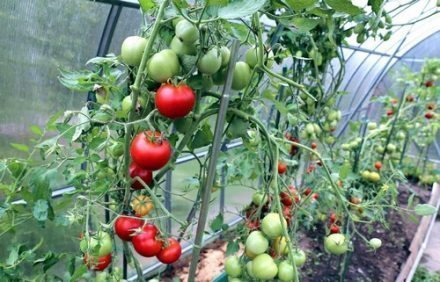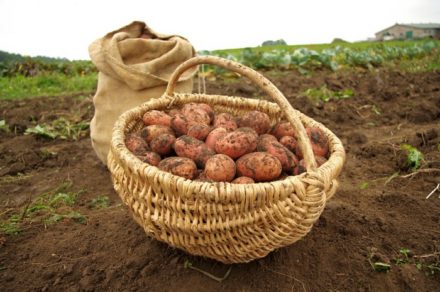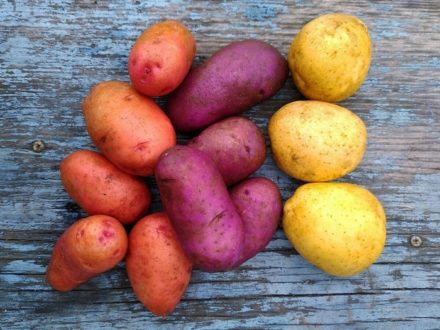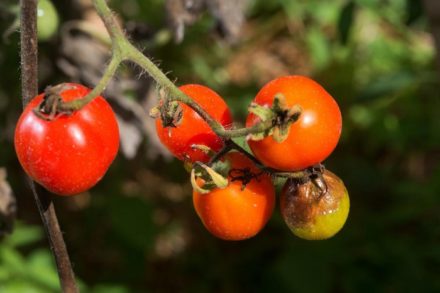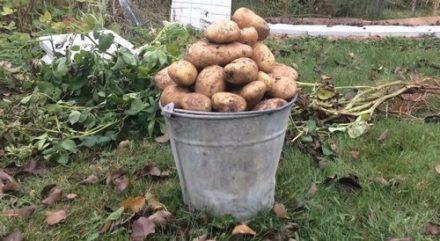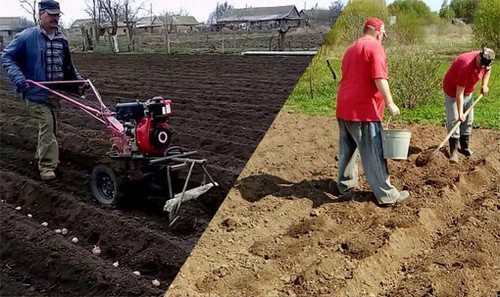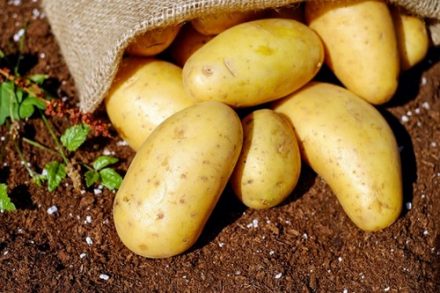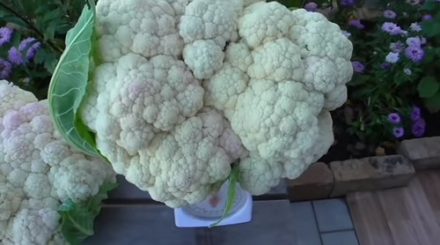Late blight is a fungal disease of plant crops, leading to the death of plantings and loss of yield. To combat and prevent infectious contamination, gardeners and gardeners use proven drugs and traditional methods to protect crops growing on the site.
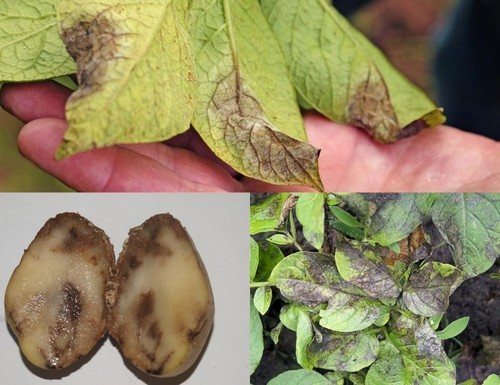
Use of horticultural preparations
Treatment of garden crops using proven means is the most popular method of combating late blight and other vegetable diseases. Treating potatoes helps stop the spread of infection and preserve the harvest.
The most popular systemic drugs include:
- "Consento";
- "Infinito";
- "Quadris";
- "Energodar-Ukravit";
- "Fitosporin".
Spraying is carried out in compliance with the manufacturer's instructions and recommendations. Infected leaves and stems, as well as neighboring plants, are treated to prevent further spread of late blight.

Whey for fungus
Eco-friendly cultivation of garden crops is becoming more and more popular every year. One of the safe and simple methods of combating potato late blight is treating the green part of the plant with a whey solution (whey and water in a ratio of 1 to 1). The bacteria contained in the product form a protective film on the surface of the leaves and prevent the spread of fungal infection. Processing begins in July and continues until harvest.
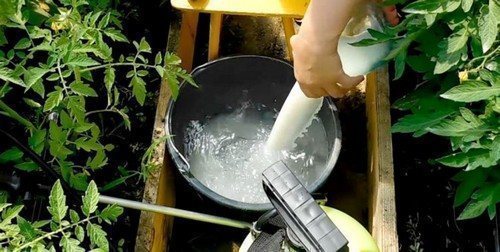
Protecting potatoes with garlic
Treatment with a garlic solution prevents the spread of late blight on the surface of potato leaves. To prepare the product, you will need to chop the heads and shoots of garlic and let it brew in 10 liters of water for 24 hours, after which you need to add 2 g of potassium permanganate to the solution. Treatment is carried out at intervals of 10 days.
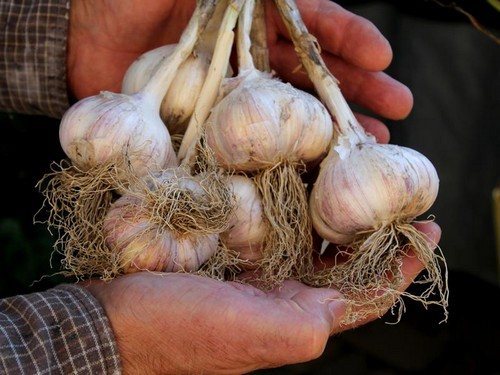
Copper sulfate treatment
Preventive treatment of plantings to protect against late blight using copper sulfate is carried out depending on the degree of infection:
- For prevention – 1 time per season.
- If signs of infection appear - up to 3 times per season. The last treatment is carried out 2 weeks before harvest.
To obtain the desired result, you need to dilute 2 tablespoons in 10 liters of water. Exceeding the dosage may negatively affect the condition of the plants.

Selecting resistant potato varieties
One of the most effective ways to prevent the spread of late blight on a site and preserve the potato harvest is the timely selection of resistant plant samples.
Varieties resistant to late blight include:
- "Blue";
- "Spring";
- "Nevsky"
- "Luck";
- "Red Scarlett";
- "Dawn";
- "Belousovsky";
- "Sorcerer".
Modern breeding allows you to choose a variety suitable for the site and climatic zone, characterized by a high level of resistance to infections and high yield.
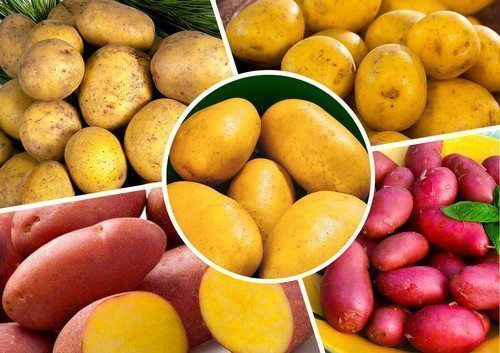
To preserve the harvest, the gardener needs to choose a late blight-resistant potato variety and treat the area using folk or ready-made systemic remedies.Modern technologies help to select the most suitable and harmless drugs that do not have a toxic effect on the resulting crop.


